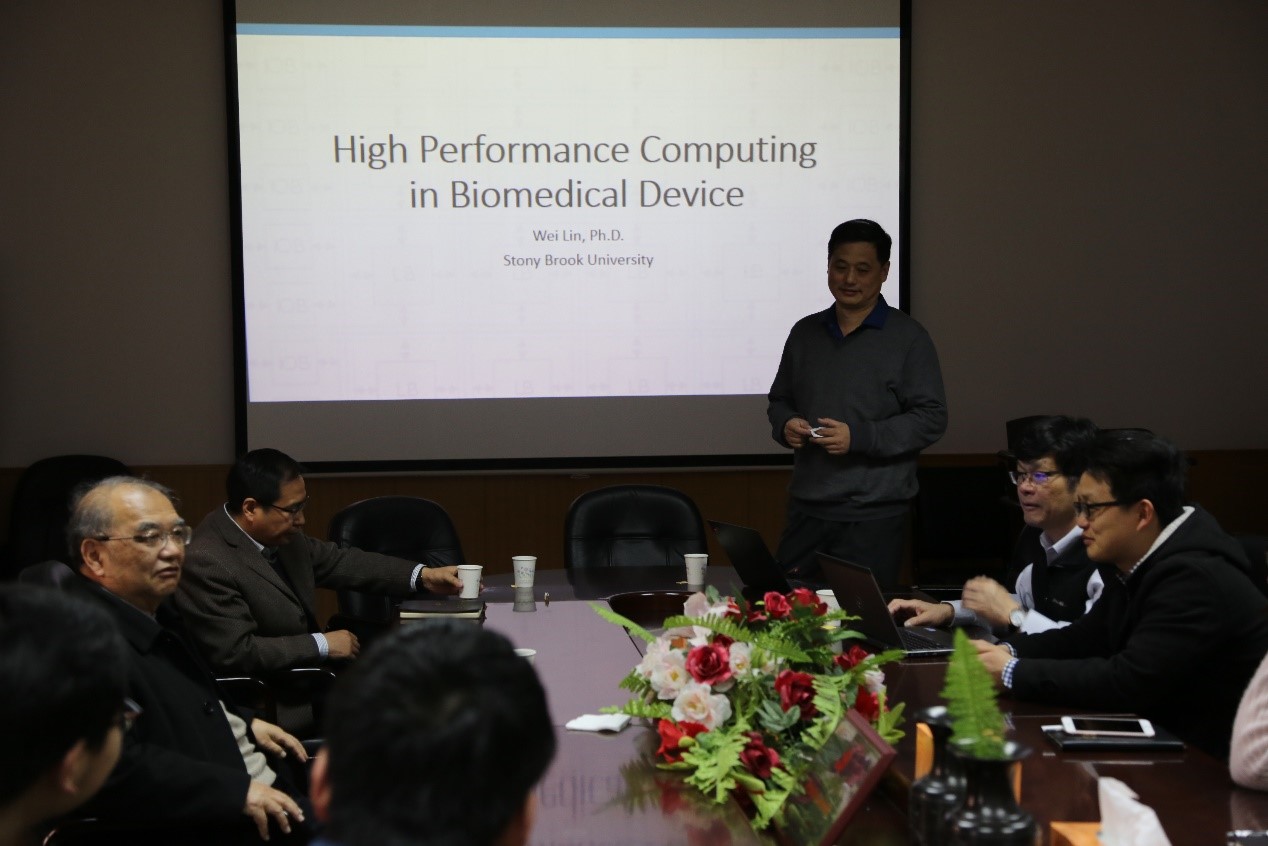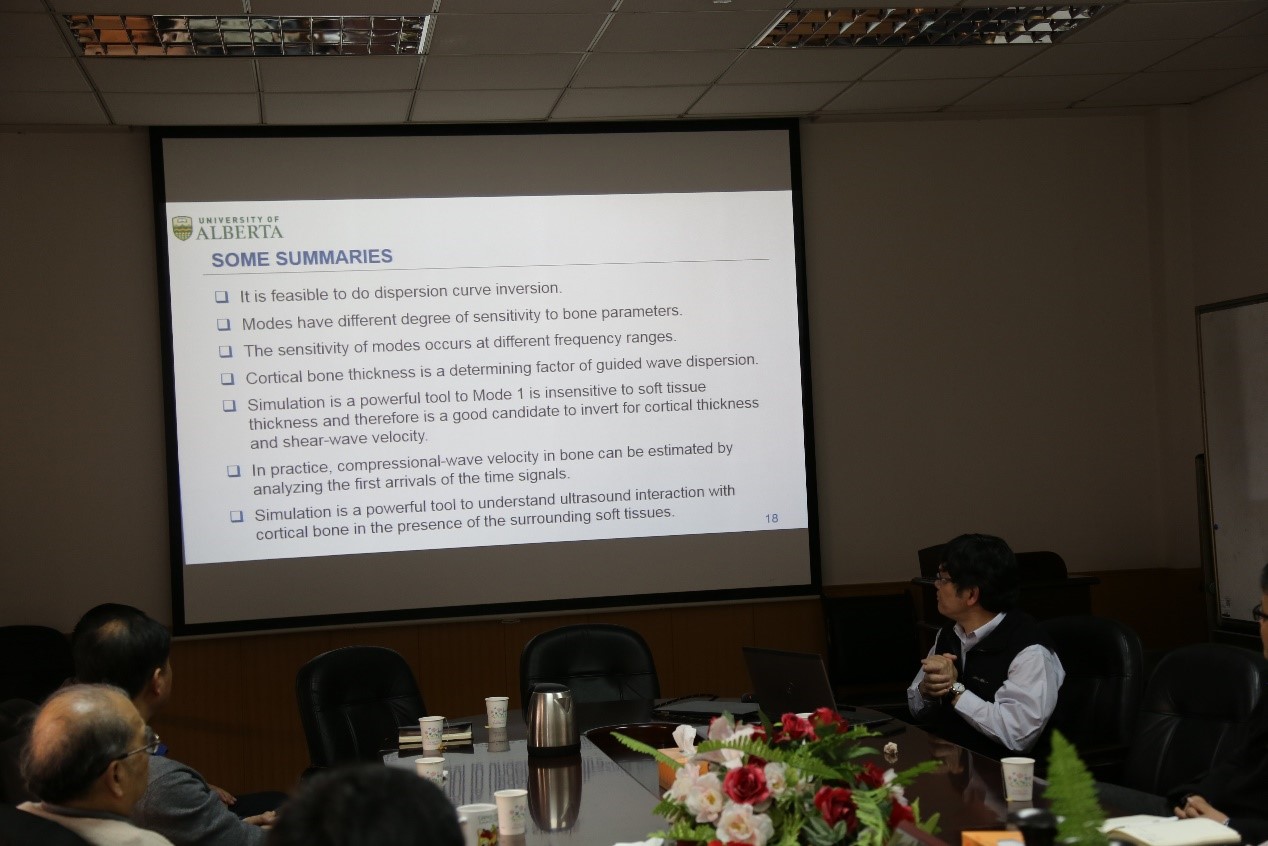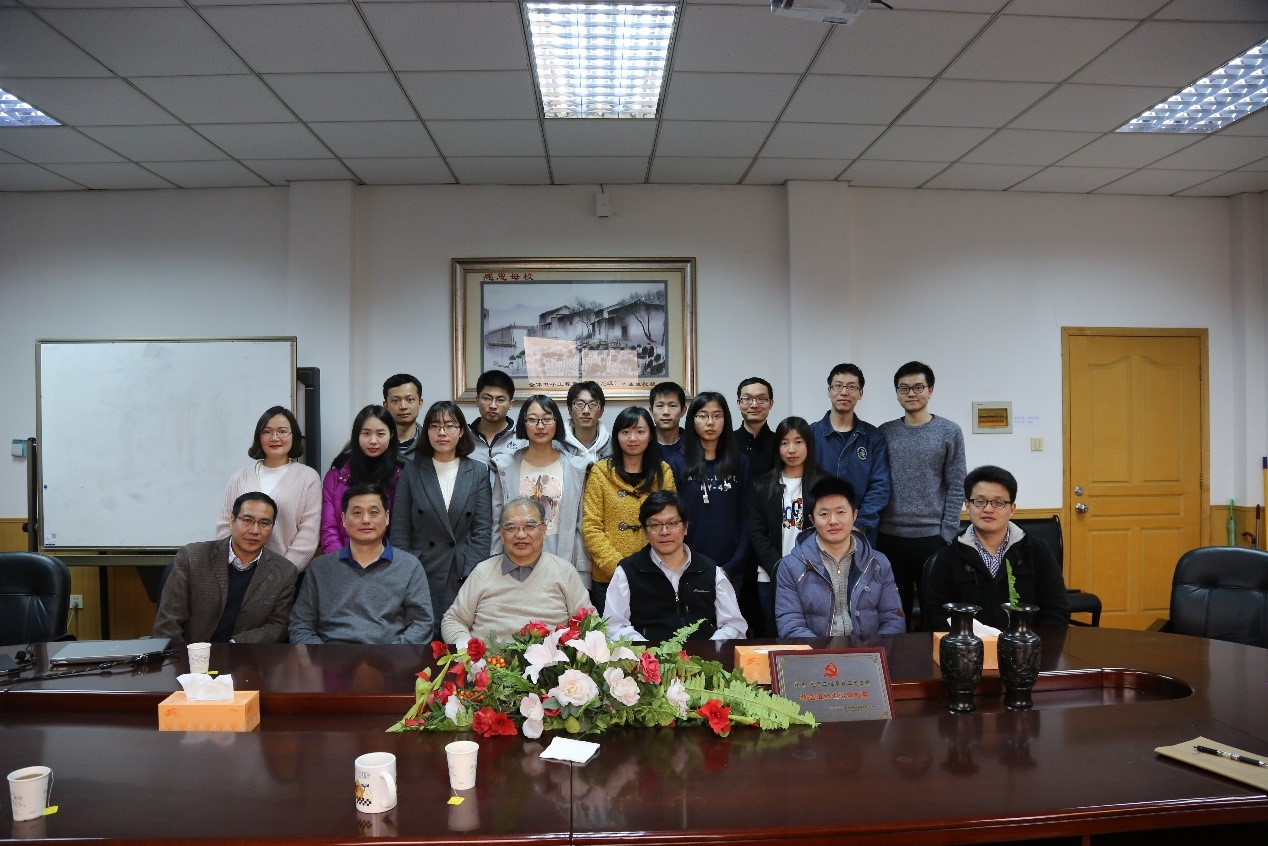Professor Wei Lin from the State University of New York at Stony Brook and Professor Lawrence H Le from the University of Alberta in Canada visited and gave academic reports. The topics of the reports were "High Performance Computing in Biomedical Device" and "Phase velocity sensitivity of ultrasonic guided modes propagating in a layered" bone model: a simulation study".

Summary of Professor Wei Lin's report: Field Programmable Logic Gate Array (FPGA) is an early integrated circuit chip used for high-speed hardware computing. With the rapid development of graphics processors, its status in high-performance computing has declined. However, the current FPGA generally integrates a large number of digital processing modules, which greatly enhances the hardware computing capabilities. Many portable medical instruments are subject to physical limitations, so their analysis and calculation capabilities are greatly limited. FPGA can not only implement hardware algorithms tailored for medical instruments on a single chip, but also can integrate control and detection circuits, thereby greatly improving instrument functions at a small cost. This report will introduce the basic structure and application examples of using FPGA to design hardware algorithms.

Summary of Professor Lawrence H Le's report: This work is part of our project to extract bone parameters using axial transmission ultrasound data.In this presentation, I will systematically present the sensitivity analysis of leaky Lamb modes to the geometry and material characteristics of a layered bone model by means of semi-analytical finite-element modeling. The sensitivity test is aimed at answering a crucial question. Can ultrasonic guided waves detect changes in soft tissue thickness, cortical thickness and velocities? The study is important as it offers guidance to the parameter inversion process about the optimal selection of guided modes and regions of sensitivity for better inversion results.
